Toilets are designed to handle only certain types of waste, and anything else could cause plumbing nightmares or blockages in your sewer system. To avoid costly plumbing issues and keep your home safe, here are 16 things you should never flush down the toilet.
1. Feminine Products
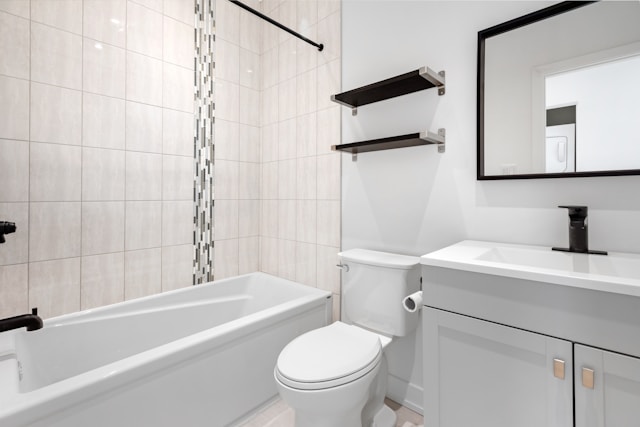
Tampons, sanitary pads, and other feminine products should never be flushed down the toilet. These products are specifically designed to absorb water and can expand several times their original size. When flushed, they do not break down easily and absorb more liquid, potentially leading to costly problems with your sewer line.
Read More: 20+ Classic Household Brands Whose Value Has Skyrocketed
2. Medications
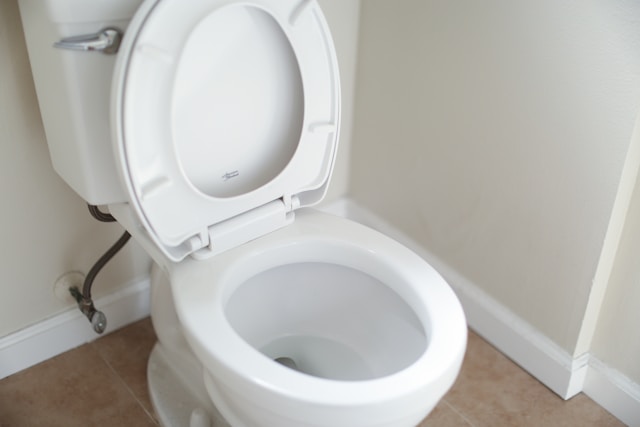
Unused or expired medications can contaminate water supplies and harm aquatic life when flushed. If you have expired or unused pills in your cabinet, you can return them to your local “drug take-back site” for proper disposal.
3. Baby Wipes or Wet Wipes
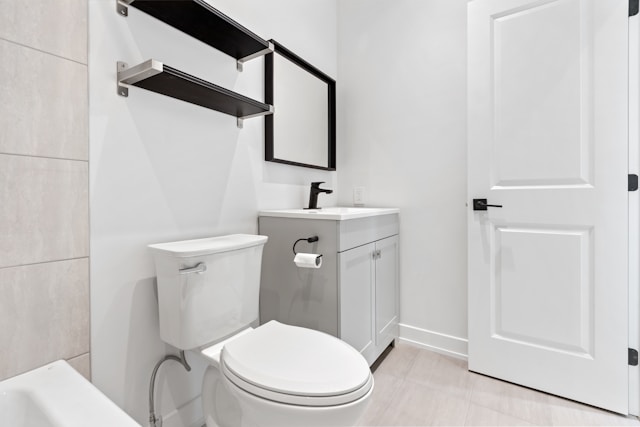
Despite some claims that some wipes are flushable, wet wipes and baby wipes take a long time to break down, leading to clogs and backups in the sewer system, always dispose of your wipes in a garbage bin rather than flushing them.
4. Grease and Cooking Oil
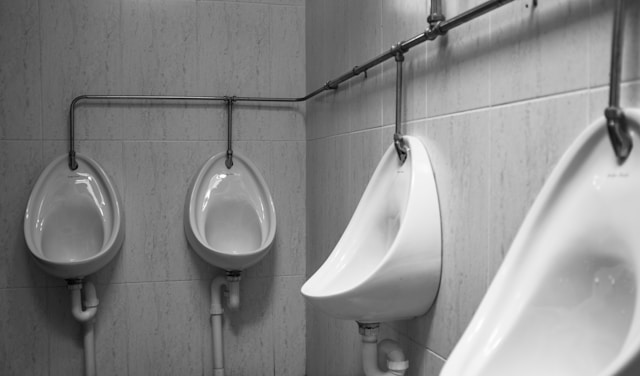
Grease and cooking oil, including vegetable and olive oil, will harden when it cools, causing severe clogs in your sewer lines.
5. Hair
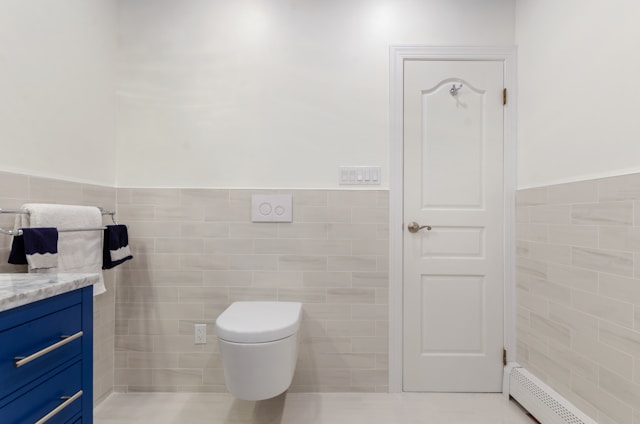
Strands of hair can create large, net-like balls that can tangle with other waste materials, leading to clogged toilets.
6. Kitty Litter
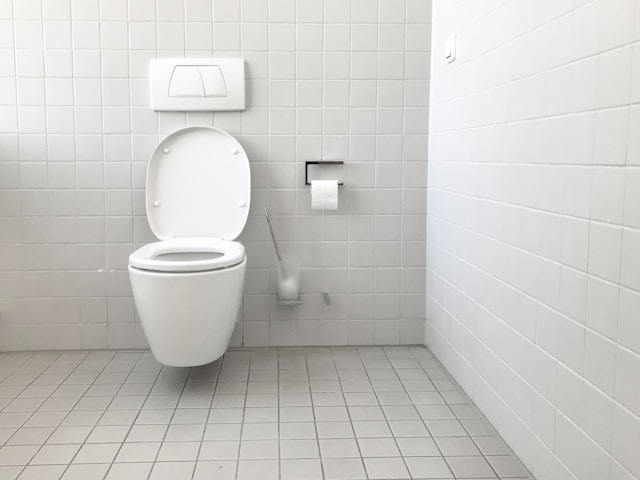
Kitty litter, especially clumping varieties, can solidify in pipes, causing blockages and smells.
7. Food
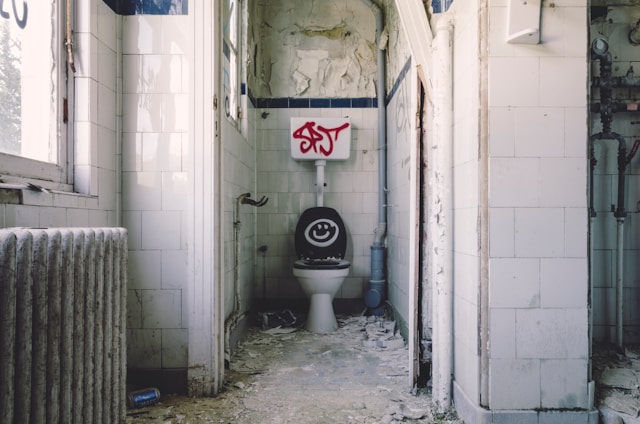
Toilets are not equipped to break down food. Though food will eventually decompose over time, while it waits, it can cause significant blockages in your plumbing.
8. Bleach
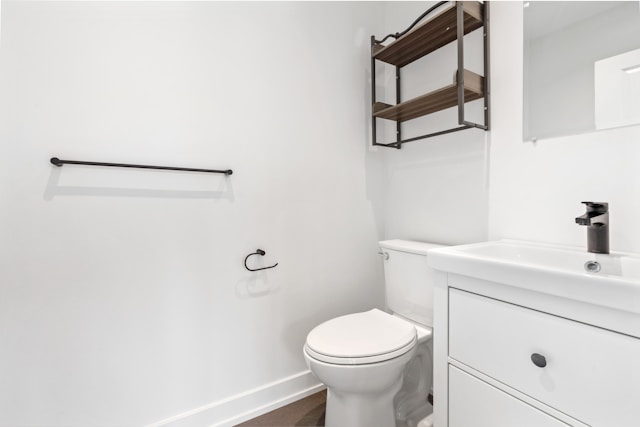
Bleach can degrade pipes over time and release harmful chemicals into the water supply, posing environmental and health risks.
Read More: ‘Holidays In Turkey Are Over’ Tiktoker Rants About His ‘Torturous’ Five-Day Trip
9. Paint
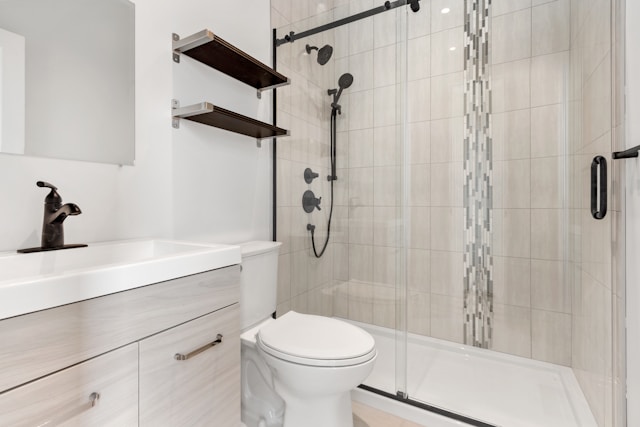
Leftover house paint qualifies as hazardous waste and must never be flushed down the toilet. To dispose of paint properly, look for a designated paint drop-off site that handles such materials safely.
10. Diapers
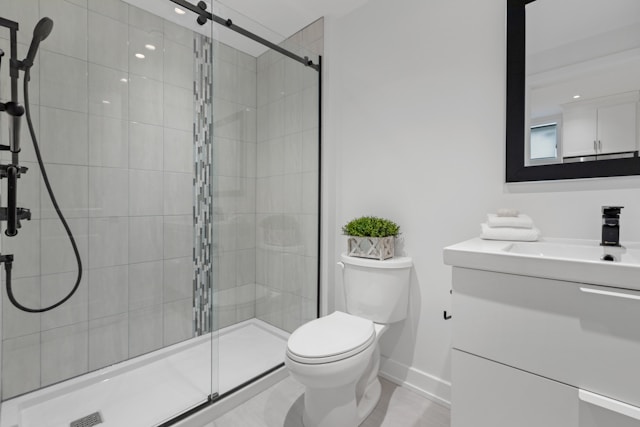
Diapers are designed to be highly absorbent and expand, which makes them non-biodegradable. Because of this, they can cause immediate clogs if flushed down the toilet.
11. Ashtray Remnants
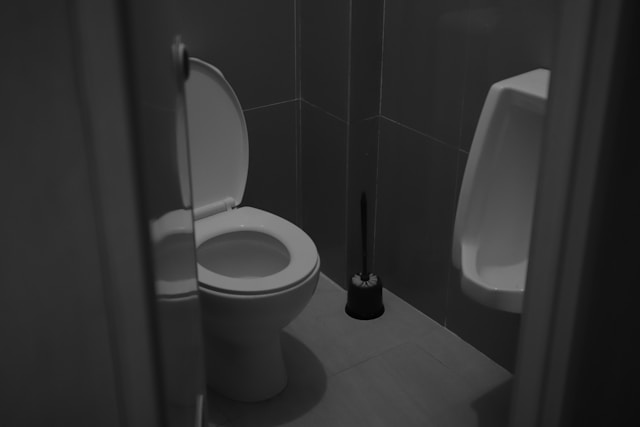
Ashtray remnants contain toxic chemicals that can leach into waterways, harming aquatic life. They also do not break down easily, increasing the risk of clogs.
12. Paper Towels
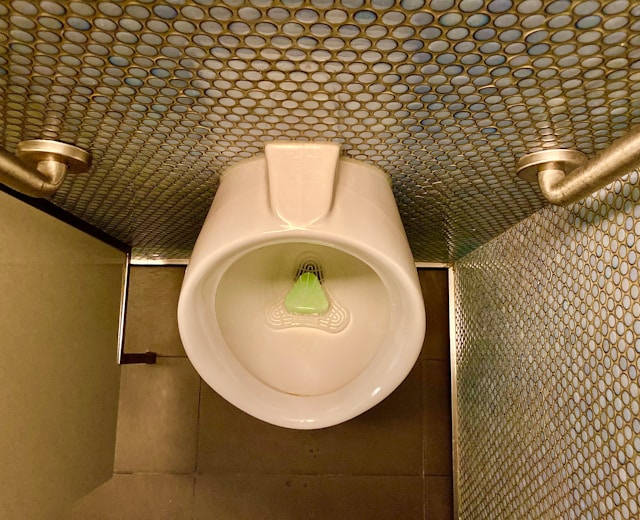
Paper towels are designed to be more durable than toilet paper, signifying their inability to dissolve as easily in water. This durability leads to them contributing to blockages in pipes and sewers.
13. First Aid Bandages
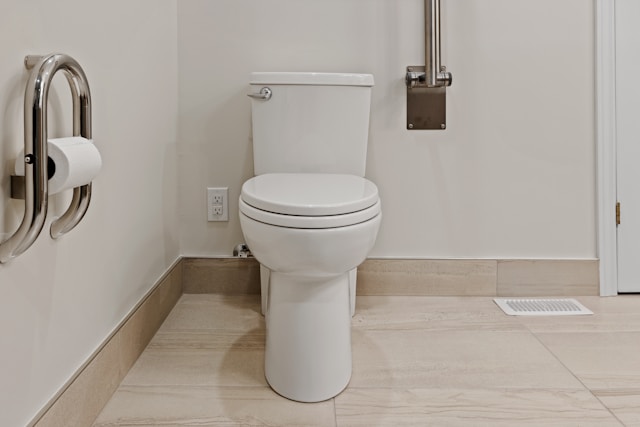
The adhesives used on bandages make them stick to pipes, while their plastic components are environmentally harmful. Even biodegradable options can take a long time to decompose, posing risks to sewer systems.
14. Cotton Balls or Swabs
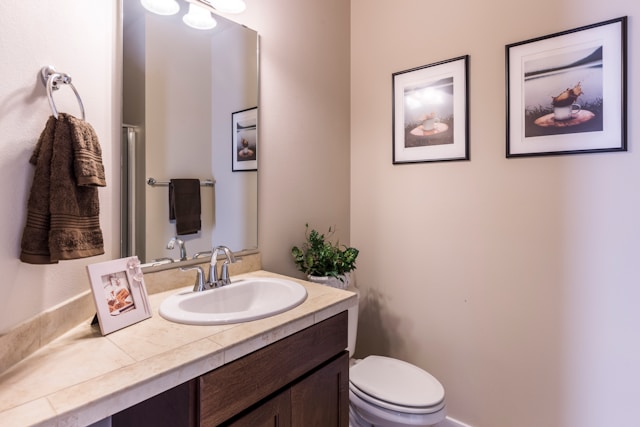
Unlike toilet paper, cotton balls, swabs, and Q-tips do not break down in water. They can accumulate inside pipes, catching other debris and forming major clogs over time.
15. Chewing Gum
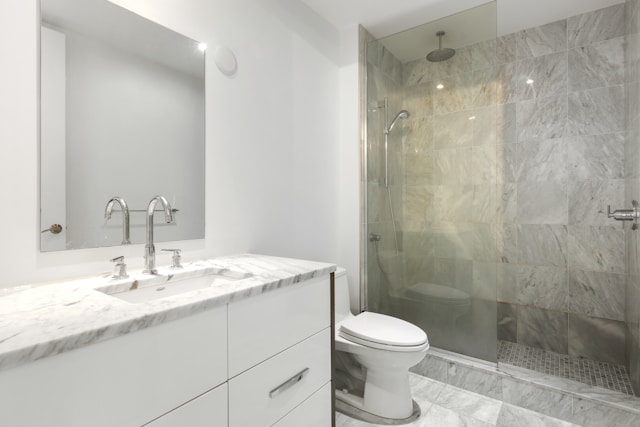
Chewing gum is notorious for sticking to surfaces. It can also cling to pipes and other waste, creating blockages. Its sticky nature means it can trap other items, worsening clogs in the sewage system.
16. Too Much Toilet Paper
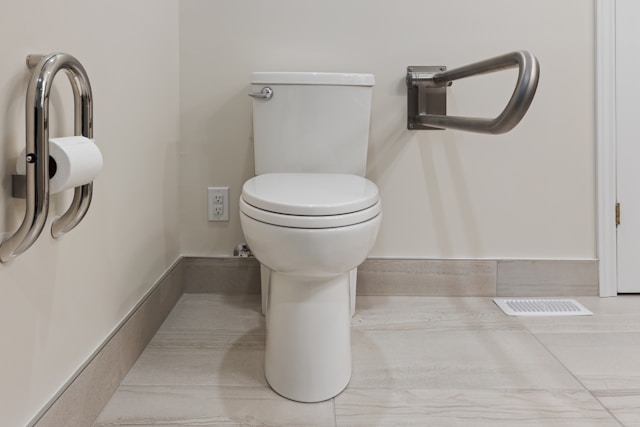
While toilet paper is designed to dissolve, excessive amounts can overwhelm the system, leading to immediate blockages in your home’s plumbing. Only use what you need when using the restroom to avoid costly plumbing repairs.
Read More: Woman Places Microwave in Ingenous Spot After Kitchen Renovation
This content has, in part, been generated with the aid of an artificial intelligence language model. While we strive for accuracy and quality, please note that the information provided may not be entirely error-free or up-to-date. We recommend independently verifying the content and consulting with professionals for specific advice or information. We do not assume any responsibility or liability for the use or interpretation of this content.

